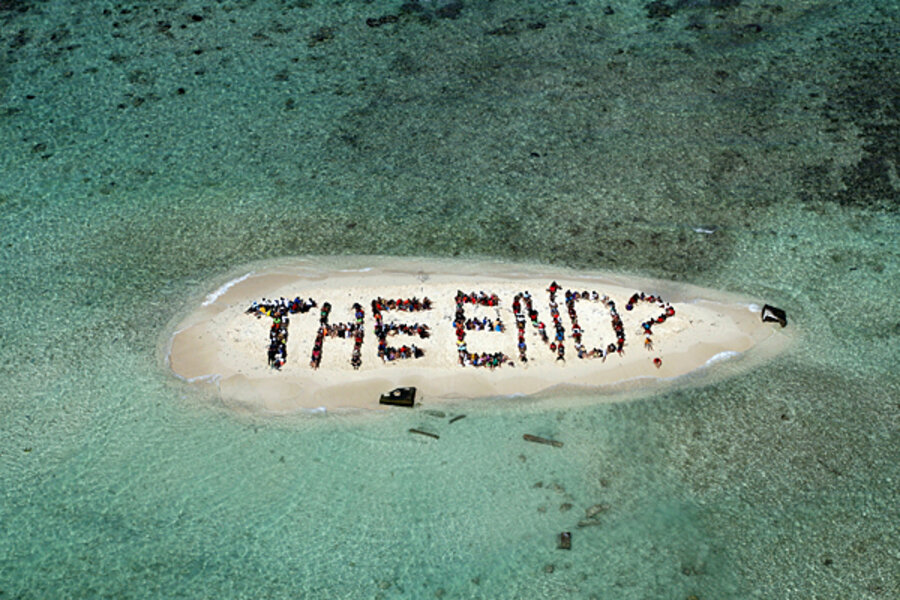Scientists discover 657 new islands
Loading...
Here's something you don't see every day – hundreds of new islands have been discovered around the world.
The Earth has 657 more barrier islands than previously thought, according to a new global survey by researchers from Duke University and Meredith College in Raleigh, N.C.
The researchers identified a total of 2,149 barrier islands worldwide using satellite images, topographical maps and navigational charts. The new total is significantly higher than the 1,492 islands identified in a 2001 survey conducted without the aid of publicly available satellite imagery.
Barrier islands often form as chains of long, low, narrow offshore deposits of sand and sediment, running parallel to a coast but separated from it by bays, estuaries or lagoons. Unlike stationary landforms, barrier islands build up, erode, migrate and rebuild over time in response to waves, tides, currents and other physical processes in the open ocean environment.
All told, the world's barrier islands measure about 13,000 miles (21,000 kilometers) in length. They are found along all continents except Antarctica and in all oceans, and they make up roughly 10 percent of the Earth's continental shorelines. The northern hemisphere is home to 74 percent of these islands.
Barrier islands help protect low-lying mainland coasts against erosion and storm damage, and can be important wildlife habitats. The nation with the most barrier islands is the United States, with 405, including those along the Alaskan Arctic shoreline.
"This provides proof that barrier islands exist in every climate and in every tide-wave combination," said study team member Orrin H. Pilkey of Duke University. "We found that everywhere there is a flat piece of land next to the coast, a reasonable supply of sand, enough waves to move sand or sediment about, and a recent sea-level rise that caused a crooked shoreline, barrier islands exist."
There, but overlooked
The newly identified barrier islands didn't miraculously appear in the last decade, said study team member Matthew L. Stutz of Meredith. They've long existed but were overlooked or misclassified in past surveys.
Previously, for instance, scientists believed barrier islands couldn't exist in locations with seasonal tides of more than 13 feet (4 meters). Yet the new survey identifies the world's longest chain of barrier islands along a stretch of the equatorial coast of Brazil, where spring tides reach 23 feet (7 meters).
The 54-island chain extends 355 miles (571 kilometers) along the fringe of a mangrove forest south of the mouth of the Amazon River. Past surveys didn't recognize it as a barrier island coast partly because older, low-resolution satellite images didn't show a clear separation between the islands and mangrove, Stutz says, but also because the chain didn't match the wave-tide criteria used to classify barrier islands in the United States, where most studies have been conducted.
Scientists failed to consider that supplies of replenishing sand are so plentiful along the equatorial Brazilian coast that they can compensate for the erosion caused by higher spring tides.
Under threat
The new findings illustrate the need for a new way to classify and study barrier islands, so that scientists can predict which of today's islands might be in danger of disappearing in the near future, the researchers say.
The potential for significant climate and sea level change this century "underscores the need to improve our understanding of the fundamental roles these factors have played historically in island evolution, in order to help us better predict future impacts," Pilkey said.
Barrier islands are under tremendous development pressure, which unfortunately is timed to a period of rising sea levels and shoreline retreat, Pilkey said. A developed barrier island, held in place by seawalls, jetties or groins, can't migrate and "essentially becomes a sitting duck unable to respond to the changes occurring around it."
The study is detailed in the March edition of the Journal of Coastal Research.





